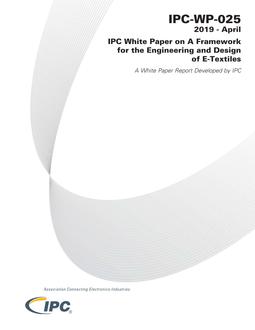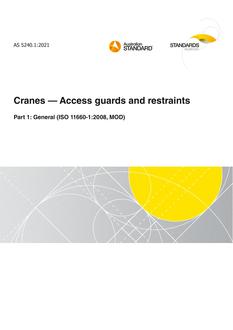ISA TR96.05.01 – Partial Stroke Testing of Automated Block Valves
ISA TR96.05.01-2017:
- is informative and does not contain any mandatory requirements.
- is limited to automated valves normally operating in either a full open or full closed position.
- introduces the concept of margin analysis as a method of assessing PST results.
- relates loss of functional margin with possible failure modes and discusses the effectiveness of different PST approaches in identifying a loss of functional margin.
- discusses the possibility and effects of over-stroking the automated valve.
- discusses the possibility and effects of over-torqueing the stem of the automated valve.
- discusses the rationalization/justification in performing PST (benefits vs risk).
The boundary of the automated valve includes the following:
- Valve, Actuator, Control Systems, Ancillary Components, and Monitoring Devices
- Actuation media regulation and filtration system
- Actuated valves whose safe position is specified
- Automated valves that employ only pneumatic or hydraulic actuators
- Guidance related to testing of electric valve actuators is provided in ANSI/ISA-96.02.01 and are excluded from the scope of this technical report
Guidance is provided for the following:
- Identifying when partial stroke testing may be useful
- Various criteria to consider when selecting the partial stroke method, e.g., automated versus manual test execution, spurious trip potential, actuator force or torque output, and on-line maintainability
- The advantages and disadvantages of four basic methods of partial stroke testing: mechanical limiting, travel limiting, position based, and solenoid operated valves
- The capability and limitations of the four measurement, analysis, and acceptance criteria approaches used to assess PST results.
Product Details
- Published:
- 10/25/2017
- Number of Pages:
- 38





